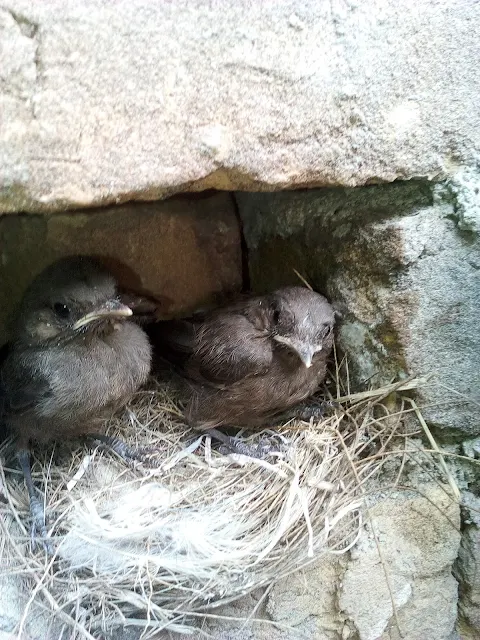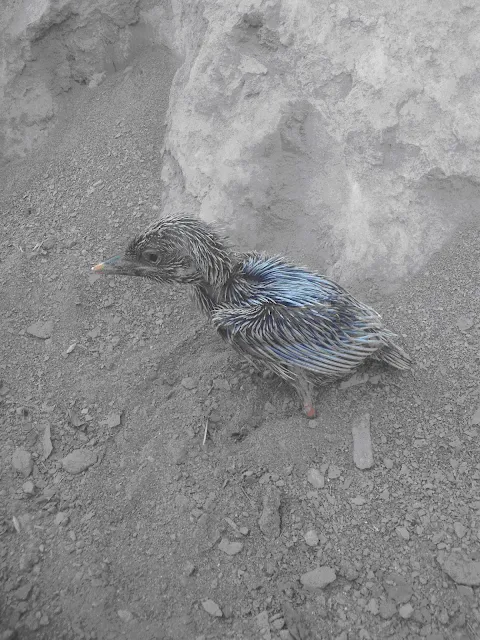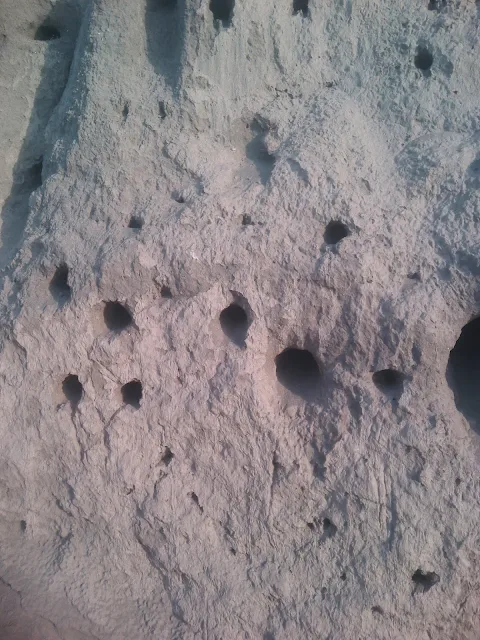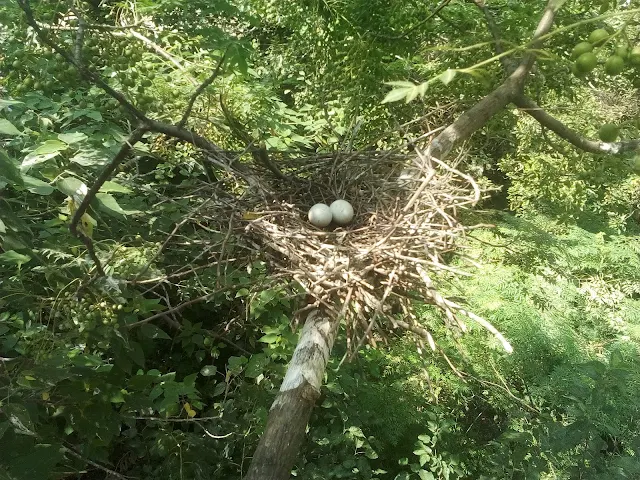NEST: canadian goose | barred owl nest | nests | robin nest | sparrow nest | crow nest | owl nest | goldfinch nest |
NESTS OF BIRDS:
Birds like human have different ideas on where to live. Some birds like a forested home, other prefer wide, open spaces and other live by water, oceans, lakes, streams or marshes. Some birds actually have two homes, flying south for the winter months only to return in the spring. Ospreys and other birds of prey often make their nest out in the open, using dead or live trees that rise high above the land or water. They have also been known to use man made structures such as telephone poles. This gives them a good view of the small animals or fish which they hunt. Some birds like to live on the top of trees and make nests while some birds like to live under story of smaller trees and some make their homes on the forest floor. Birds start building nest in early spring typically in March month but some bird such as the Anna’s hummingbird will start building in late January or early in February. The breeding season end in late July for most songbirds. Birds build nests in a variety of palaces from the top of trees to directly on the ground. Some birds even build floating platform nests in marshes areas. Old hollow bearing trees are important for cavity nesting species like owls, parrots, woodpeckers and wedge tail Eagles. Old trees provide more food than young trees simply because they are larger and thus produce more blossom, nectar, bark and litter for invertebrates and birds. Different species of birds build different types of nests. Birds within the same species tend to build similar type of nests. But the materials they are made out of may vary depending on the surrounding habitat. Birds throughout the world have developed complex techniques for constructing nests in range of environment. Nests are constructed using feathers, twigs, moss, lichen and foliage. Nests are usually inconspicuously position to conceal the eggs and young birds from predators. In some species, the male builds the nest and the skill at which he does so is a sign of this suitability as a mate. The female will examine the design and quality of the nest, if it is to her satisfaction she will move in, if not, the male will destroy the nest and start again.
Birds like human have different ideas on where to live. Some birds like a forested home, other prefer wide, open spaces and other live by water, oceans, lakes, streams or marshes. Some birds actually have two homes, flying south for the winter months only to return in the spring. Ospreys and other birds of prey often make their nest out in the open, using dead or live trees that rise high above the land or water. They have also been known to use man made structures such as telephone poles. This gives them a good view of the small animals or fish which they hunt. Some birds like to live on the top of trees and make nests while some birds like to live under story of smaller trees and some make their homes on the forest floor. Birds start building nest in early spring typically in March month but some bird such as the Anna’s hummingbird will start building in late January or early in February. The breeding season end in late July for most songbirds. Birds build nests in a variety of palaces from the top of trees to directly on the ground. Some birds even build floating platform nests in marshes areas. Old hollow bearing trees are important for cavity nesting species like owls, parrots, woodpeckers and wedge tail Eagles. Old trees provide more food than young trees simply because they are larger and thus produce more blossom, nectar, bark and litter for invertebrates and birds. Different species of birds build different types of nests. Birds within the same species tend to build similar type of nests. But the materials they are made out of may vary depending on the surrounding habitat. Birds throughout the world have developed complex techniques for constructing nests in range of environment. Nests are constructed using feathers, twigs, moss, lichen and foliage. Nests are usually inconspicuously position to conceal the eggs and young birds from predators. In some species, the male builds the nest and the skill at which he does so is a sign of this suitability as a mate. The female will examine the design and quality of the nest, if it is to her satisfaction she will move in, if not, the male will destroy the nest and start again.
WHY BIRDS BUILD NESTS?
The purposes of bird nests are;
▪ To lay their eggs in and keep them safe
▪ To incubate their chicks
▪ To raise their chicks
▪ To protect their eggs and chicks from adverse weather conditions.
The purposes of bird nests are;
▪ To lay their eggs in and keep them safe
▪ To incubate their chicks
▪ To raise their chicks
▪ To protect their eggs and chicks from adverse weather conditions.
WHERE BIRDS BUILD NESTS?
Nests are built;
▪ In hedges, bushes and trees
▪ Directly on the ground
▪ In holes in trees
▪ In reeds by rivers and lakes
▪ In tunnels in riverbanks and cliffs
▪ On cliff ledges
▪ In nesting box
▪ On and in building, on ledges, walls and under the caves of roofs. Birds carry nest materials in their beaks to build their nests, cavity, cup, pendulum, and platform and spherical are five major types of nests that birds built. For most birds when a male and female form a breeding pair nest building activities will follow. A nest site is first selected and nest building begins. This can involve both birds as pair or either sex alone. Some nests are very simple constructions while some are complex.
Nests are built;
▪ In hedges, bushes and trees
▪ Directly on the ground
▪ In holes in trees
▪ In reeds by rivers and lakes
▪ In tunnels in riverbanks and cliffs
▪ On cliff ledges
▪ In nesting box
▪ On and in building, on ledges, walls and under the caves of roofs. Birds carry nest materials in their beaks to build their nests, cavity, cup, pendulum, and platform and spherical are five major types of nests that birds built. For most birds when a male and female form a breeding pair nest building activities will follow. A nest site is first selected and nest building begins. This can involve both birds as pair or either sex alone. Some nests are very simple constructions while some are complex.
BIRDS WITHOUT NESTS:
There are also birds that never build their own nest but instead place their eggs in that of another. These are called “brood parasites “.The cuckoo family is the best known brood parasite. Some birds like emperor penguins do not build nest. The male emperor penguin incubates a single egg on its warm feet while the female is always feeding. They do this for 60 days. In this two month period they do not eat. They have a brood patch which protects the egg from the most severe weather. They do not let the egg touch the freezing ground. Cuckoos lay their eggs in the nests of other birds. Common hosts include the Dunnock, Meadow pipit and reed warbler although the nest of other birds has also been used. The female cuckoo lays her egg in another bird’s nest then leaves. The egg of the cuckoo is usually a similar color to that of the host species. When the baby cuckoo hatches, it pushes the other eggs and chicks out of the nest. The host adult birds feed the young cuckoo as if it was their own chick.
There are also birds that never build their own nest but instead place their eggs in that of another. These are called “brood parasites “.The cuckoo family is the best known brood parasite. Some birds like emperor penguins do not build nest. The male emperor penguin incubates a single egg on its warm feet while the female is always feeding. They do this for 60 days. In this two month period they do not eat. They have a brood patch which protects the egg from the most severe weather. They do not let the egg touch the freezing ground. Cuckoos lay their eggs in the nests of other birds. Common hosts include the Dunnock, Meadow pipit and reed warbler although the nest of other birds has also been used. The female cuckoo lays her egg in another bird’s nest then leaves. The egg of the cuckoo is usually a similar color to that of the host species. When the baby cuckoo hatches, it pushes the other eggs and chicks out of the nest. The host adult birds feed the young cuckoo as if it was their own chick.
LIST OF RECORDED BIRDS AND NESTS:
 |
| Brown rock-chat (Oenanthe fusca) Chicks. |
 |
| Cattle egret (Bubulcus ibis) eggs. |
 |
| Common babbler (Turdoides caudata) eggs. |
 |
| Bay-Backed shrike (Lanius vittatus) chicks. |
 |
| Red vented bulbul (Pycnonotus cafer) nest. |
 |
| White throated kingfisher (Halcyon smyrnensis) chick fallen from nest. |
 |
| Pied bushchat (Saxicola caprata) eggs. |
 |
| Blue tail bee-eater (Merops philippinus) hole nests. |
 |
| White throated kingfisher (Halcyon smyrnensis) chick fallen from nest. |
 |
| White throated kingfisher (Halcyon smyrnensis) nest. |
 |
| Black drong ( Dicrurus macrocercus ) nest and chicks. |
 |
| Graceful prinia (Prinia gracillis) |
 |
| House crow (Corvus splendens) Eggs. |
 |
| House crow (Corvus splendens) single chick. |
 |
| Cattle egret (Bubulcus ibis) eggs. |
 |
| Pied bushchat (Saxicola caprata) Chicks. |
 |
| Pied bushchat (Saxicola caprata) Chicks. |
 |
| House sparrow (Passer domesticus) nest and eggs |
 |
| Pied bushchat (Saxicola caprata) Chick. |

















Post a Comment